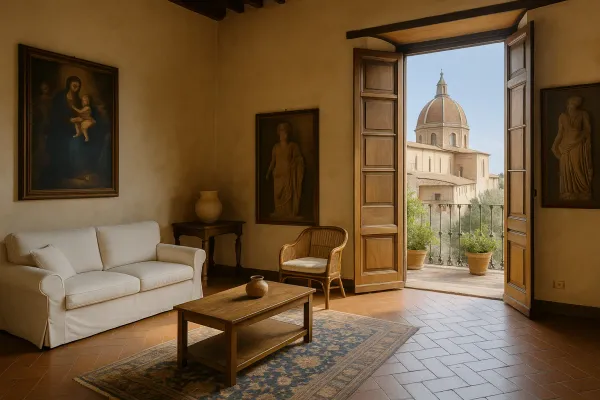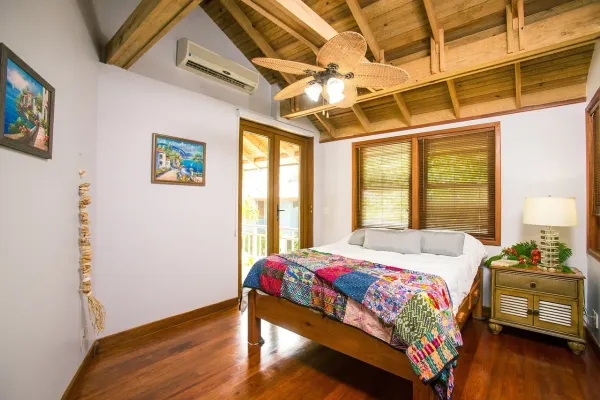The Cotswolds of Europe: Where The Continental Elite Go To Play In 2025
For Britons, the Cotswolds evokes images of smooth undulating hills, quaint villages built of golden stone, grand manors, and beautiful churches—recently made trendy for visitors and part-time residents with fine dining, boutique accommodations, and chic stores.
But what about Europe? Where do Spanish leaders unwind? Or where could a German celebrity akin to Jeremy Clarkson try farming?
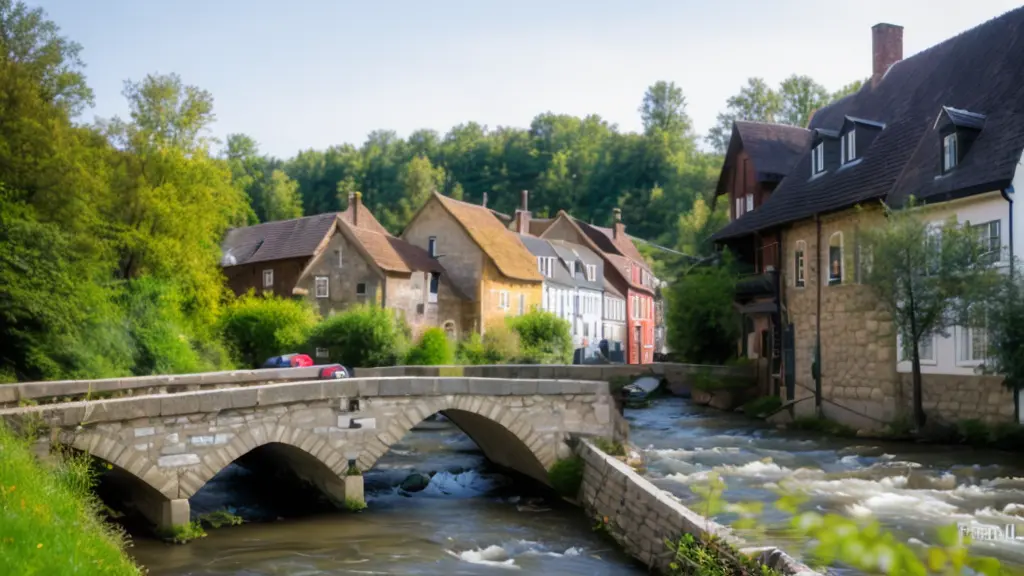
France's Cotswolds? Meet the Perche
What does a foreign region need to mimic the Cotswolds? It's simple. It should be pastoral, gently rolling, somewhat rainy to maintain its lushness, and dotted with stone villages that have traded poverty for a cosmopolitan sheen as the elite seek refuge from urban life.
The Perche, nestled between Normandy and the Loire, fits perfectly. This beautiful part of France stretches through woodlands and meadows with cattle and Percheron draft horses, down to areas blooming with flowers, grains, and orchards brimming with cider apples. Mortagne-au-Perche, a key town here, receives rainfall comparable to Chipping Norton.
Less than two hours from Paris, the region’s estates and farms began attracting city dwellers in the 1970s, with figures like lingerie designer Chantal Thomass and American jazz artist Rhoda Scott among the pioneers. This trend resurged with the pandemic lockdowns. Wealthy urbanites sought out space and tranquility, and their influx brought economic benefits that were generally well-received.
Fashionable Perche’s hub might be La Perrière, a place where country charm meets city style, though not always harmoniously. It’s probably the only tiny French village (population: 259) boasting two restaurants, an organic bakery, a concept store, several antique shops, and a boutique hotel that uses QR codes for entry.
Meanwhile, Mortagne has managed to integrate the newcomers without compromising its identity. It remains the unofficial French capital of black pudding, an adjustment city folk have embraced. On Saturdays, you can spot them at the local market, donning what they believe to be rustic attire, chatting about business, and spending generously. The surrounding scenery continues undisturbed.
What to see and do
Explore Mortagne, visit villages like La Perrière and Bellême, and discover the medieval château at Nogent Le Rotrou. Nearby, Château de Montmirail marks the spot where Thomas Becket and Henry II met in 1169 in a failed reconciliation attempt. Additionally, Jean-François Leroux at Domaine du Ruisseau, Cour Maugis sur Huisne, offers an impressive cider production, and the Musée de la Musique Mécanique à Dollon provides a unique chance to see an automatic drum designed for drummers without arms, and a Belgian disco band that plays with just a switch.
Where to eat and drink
Dine splendidly at the Hotel du Tribunal, housed in buildings dating from the 16th to 18th centuries, where a three-course meal costs around £35.
The Cotswolds of Italy? It’s La Maremma
Historically, the Cotswolds flourished from the wool industry before transforming into a hotspot for affluent second-home owners. In a parallel vein, the Maremma region of Italy, a remote coastal belt in southern Tuscany, was primarily pastoral land until the late 20th century. The passage of time has ushered in dramatic changes.
Previously dominated by malaria, today the fever-gripping Maremma is for property. The sparse population and stringent regulations on new construction mean that the limited historic estates near fashionable hilltop towns like Capalbio or Pereta command exorbitant prices.
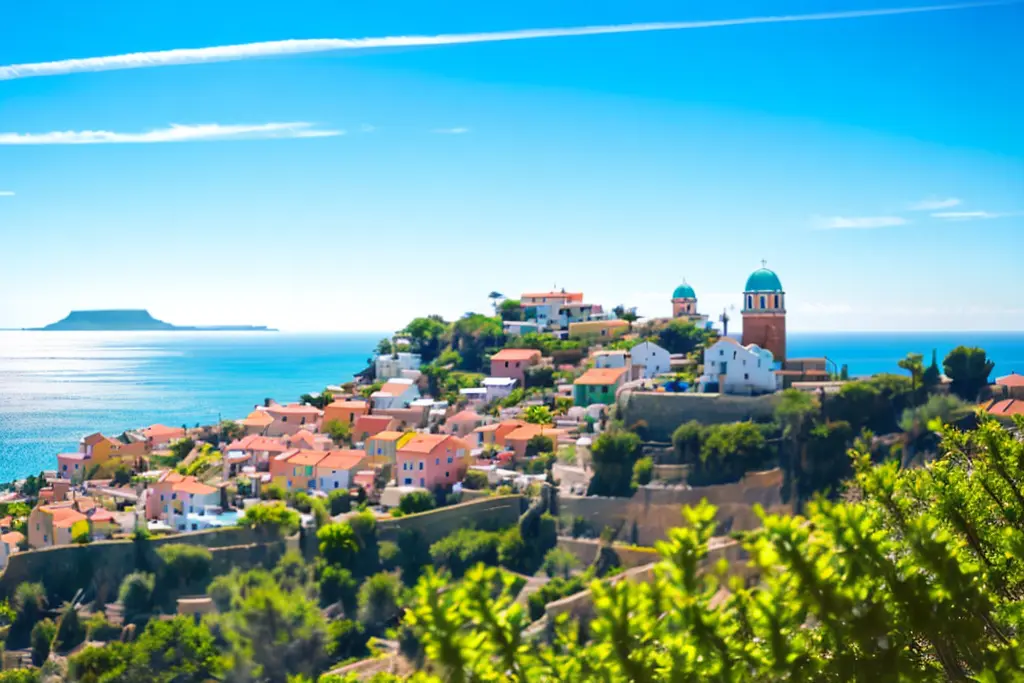
Decades ago, before planning laws tightened, luxurious yacht harbors and exclusive communities like Punta Ala and Marina di Scarlino were developed at the northern tip of the area, opposite Elba Island. However, in recent years, Monte Argentario has become a haven for the coastal elite. Although linked to the mainland by two slim strips of land, this craggy promontory operates almost as an island and has earned a reputation as the Tuscan equivalent of Capri.
Susanna Agnelli, the sister of Fiat's CEO Gianni, began her political journey here with a decade-long tenure as mayor. The locale has since drawn Dutch royalty, Emirati royalty, and numerous stars from Italian film and TV, keeping the area lively and supporting the local economy.
What to see and do
Embark on a ferry journey from Porto Santo Stefano to the island of Giglio, where you can indulge in challenging hikes, pristine waters, and relaxed meals at local trattorias. Near Capalbio, explore the whimsical Tarot Garden by Niki de Saint Phalle, a vibrant art installation that promises to captivate children and pull them away from their digital devices.
Where to eat and drink
Nestled at the edge of Tuscany, La Dogana offers a refined beach club and restaurant experience, serving timeless dishes like spaghetti alle vongole complemented by an impressive selection of wines. Above Porto Santo Stefano, enveloped by its own vegetable gardens, La Fontanina stands as a quintessential seaside Italian trattoria.
Where to stay
For those seeking coastal privacy regardless of cost, the iconic 1960s retreat Il Pellicano retains its allure. Meanwhile, the new addition to the Argentario scene is La Roqqa, an effortlessly stylish design hotel that boasts views of charming Porto Ercole.
The Cotswolds of Spain? It’s the Matarraña
Concerns about over-tourism have been mounting recently. However, venture into the heart of the Teruel province within the expansive, landlocked region of Aragón, and you'll encounter a different scenario. Here, vast stretches of land remain largely pristine, and the influx of tourists to charming areas such as the Matarraña is still within reasonable limits.
Though often dubbed the “Spanish Tuscany,” likening it to the Cotswolds is just as fitting. Tourists and those owning holiday homes wander through picturesque villages like Valderrobres without the hassle of nuisances like water guns (a recent occurrence in Barcelona). The verdant hills, dotted with vineyards and olive trees, offer serene walking and cycling paths free from any anti-tourist graffiti.
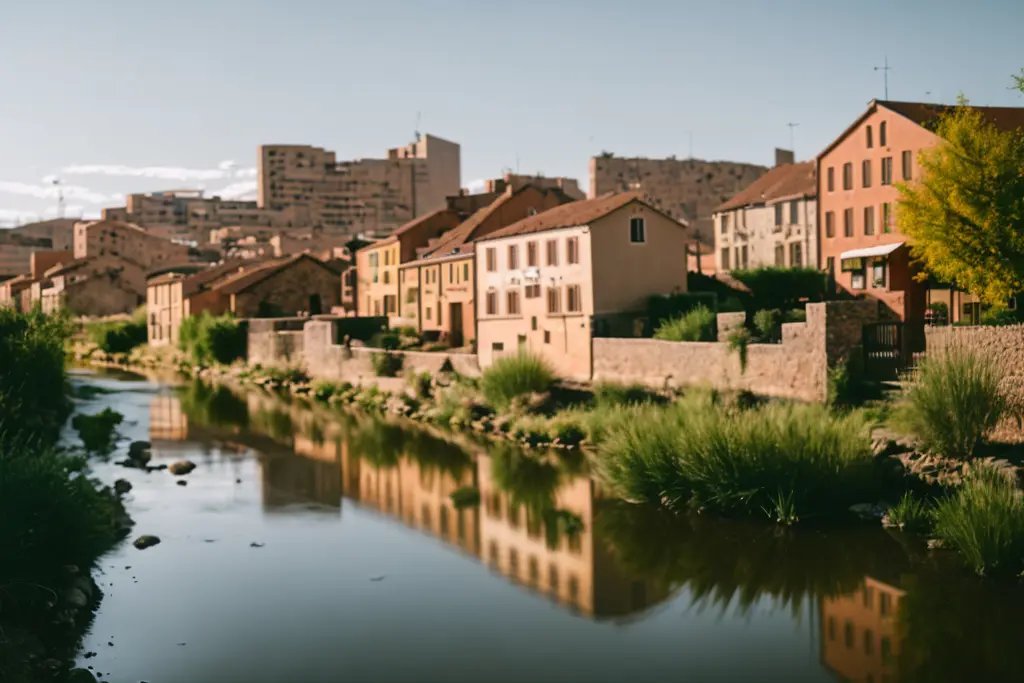
Despite being only 50 miles from the Mediterranean coast, traveling there from Barcelona takes nearly three hours, and five hours from Madrid. It's intriguing to ponder the duration of such a journey back when Picasso frequented Horta de Sant Joan over a hundred years ago.
The 1970s marked a turning point when the region began to draw artists and writers in search of tranquility for their creative pursuits. The Chilean writer José Donoso settled in Calaceite, now recognized among Spain’s Most Beautiful Villages, and hosted literary figures like Gabriel García Márquez and Carlos Fuentes. Iconic filmmakers Luis Buñuel and Carlos Saura were also frequent patrons of the local dining and drinking scenes. Today, the Matarraña remains a sought-after retreat for Spanish celebrities from various fields.
What to see and do
Engage in wild swimming at spots like El Salt de la Portellada, where the Tastavins River plunges over rocky outcrops. For cycling enthusiasts, the Vía Verde Val de Zafán offers a scenic route to the bustling market town of Tortosa. Olive oil aficionados can visit mills like Mas dels Castellans and Mas de Flandi for tours and tastings.
Where to eat and drink
Picasso once praised the traditional meals at Fonda Alcalá in Calaceite, where modern culinary techniques learned at the renowned El Celler de Can Roca in Girona have elevated the dining experience. Their set lunch is a bargain at €29.50 (£25). Nearby, La Fábrica de Solfa in Beceite pairs its menu with local wines and olive oils beside the scenic Matarraña River, starting at €95 (£80).
Where to stay
Nestled between Valderrobres and Fuentespalda, La Torre del Visco offers a romantic escape within a 15th-century estate, complete with a Michelin-recommended dining experience. Room rates start at £290, breakfast included.
The Cotswolds of Germany? It’s Franconia
Bavaria, renowned for its alpine landscapes and castle-like settings, may not seem akin to the Cotswolds, yet Franconia in the north tells a different story. Here, rolling hills enveloped in vineyards intersperse with quaint villages and historical cities like Nuremberg, Bayreuth, and Bamberg.
Despite being integrated into Bavaria in 1806, thanks to Napoleon, Franconia has over a millennium of history as an independent entity and still maintains a distinct identity from the traditional Bavarian culture.
Franconia mirrors the Cotswolds with its excellent conditions for hiking. Trails weave through vineyards marked by the Terroir F designation, combining hiking with panoramic views, wine, and cultural experiences. The region also boasts tranquil mountain areas and a lake district, offering diverse natural landscapes.
Country pubs, or landgasthöfe, abound, offering local culinary delights and small wineries pour exceptional white wines like Silvaner, served in unique Bocksbeutel bottles. Moreover, Franconia claims the highest density of breweries globally.
Noteworthy personalities from Franconia include Henry Kissinger, Levi Strauss, Bavarian Prime Minister Markus Söder, basketball star Dirk Nowitzki, and actress Sandra Bullock.
What to see and do
The annual Bayreuth Wagner Festival is a must for classical music enthusiasts. Numerous UNESCO World Heritage Sites, including the medieval towns of Bamberg and Würzburg with its lavish 18th-century Residenz palace, beckon visitors. Coburg offers insights into connections with Queen Victoria, while Nuremberg appeals to World War II historians.
Where to eat and drink
Essigbrätlein in Nuremberg, the city's oldest restaurant, provides a sophisticated dining experience with modern tasting menus. For authentic local cuisine, visit Oskar Wirtshaus in central Bayreuth, known for its beer-infused dishes and locally brewed beers.
Where to stay
The Karl August Hotel in Nuremberg features stylish rooms and family suites centrally located for exploring the city. Rates for double rooms start at £130, including breakfast.
The Cotswolds of Portugal? It’s Comporta
Historically, the area of Comporta, recognized for its expansive white beaches that line the coast endlessly, has been a hidden gem for the elite. Its trendy beachside wood establishments hosted the elite, who owned residences along the adjacent rice paddies or tucked within the dunes, indulging in the freshest seabass while their toes nestled in the sand, comforted by the privacy that what occurred in Comporta remained discreet. Notable figures such as Princess Caroline of Monaco and creatives like Christian Louboutin, Jacques Granges, Pierre Yovanovitch, and Philippe Starck frequented here, owning local properties. The absence of hotels meant one needed a private house to join the revelry.
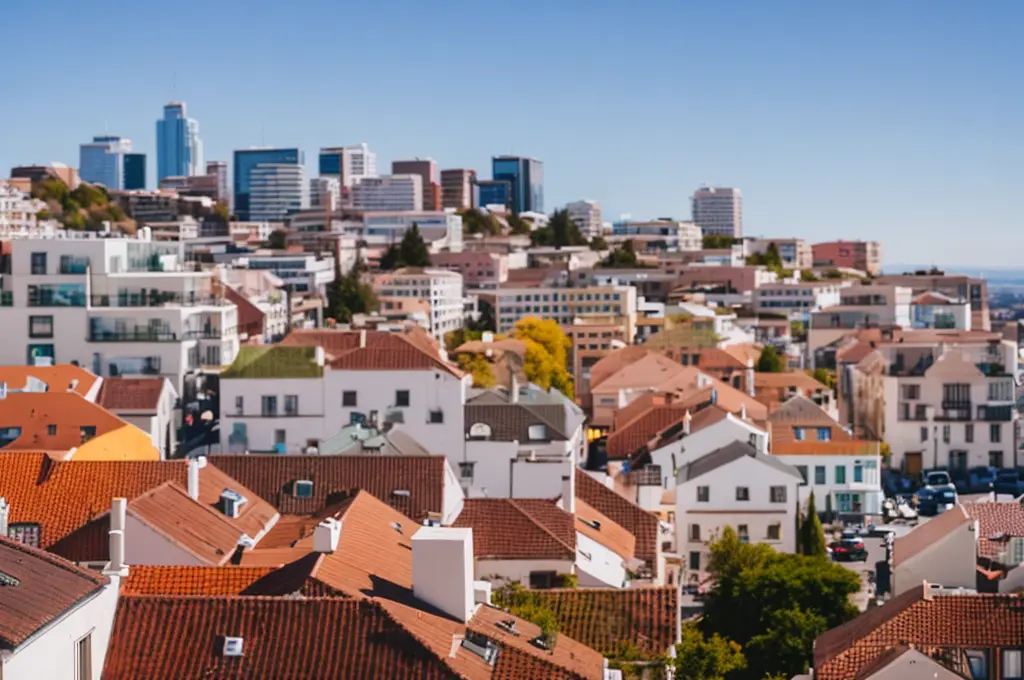
The once-secret haven is now public knowledge – compelling celebrities to share their hideaway with the masses. Recent developments like the Sublime, inaugurated in 2014, Vermelho, by Christian Louboutin, Quinta da Comporta, and Spatia now allow the general populace accommodations. Despite this, the area retains its relaxed vibe, sprinkled with a dash of sophistication, reminiscent of the Cotswolds.
What to see and do
Explore the quaint village shops of Comporta, where the breezy, chic allure rivals that of St. Tropez. Visit The Life Juice for an assortment of homewares, books, and apparel, and engage in delightful conversations with the amiable proprietor, Isabel Costa. For an enchanting experience, hire a horse from Cavalos na Areia and traverse the dunes at dusk.
Where to eat and drink
Do not pass up the chance to dine at Chef Bruno’s Cavalariça, situated in converted stables within the village, renowned for its Alentejano pork croquettes. Also worth visiting are the Sublime Beach Club and the much-appreciated SAL, both on Praia Carvalhal, along with the JNcQUOI Beach Club at Praia do Pêgo.
Where to stay
Quinta da Comporta, set in a former rice barn, overlooks lush rice fields and offers a top-tier spa alongside rooms filled with charm.



